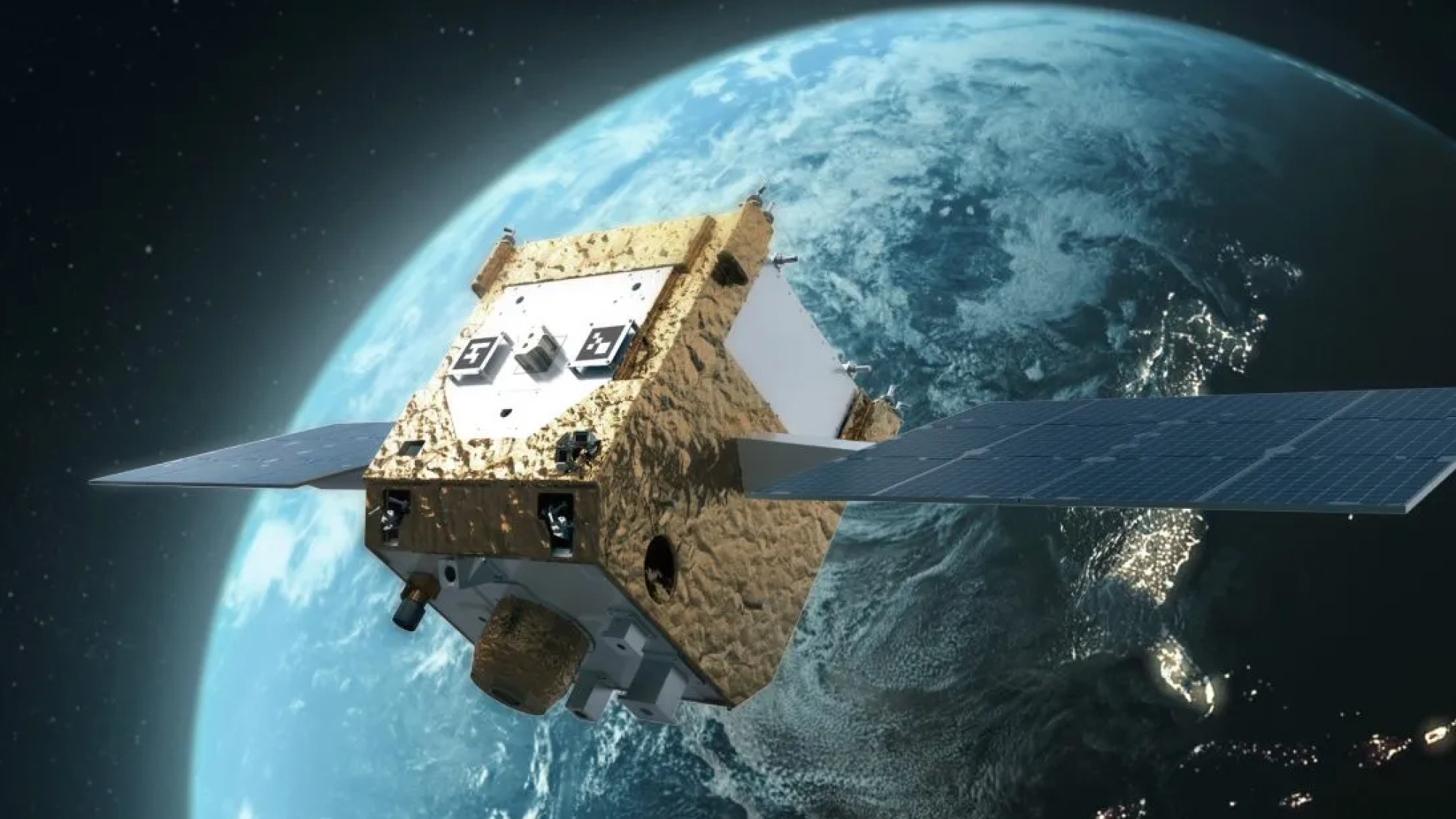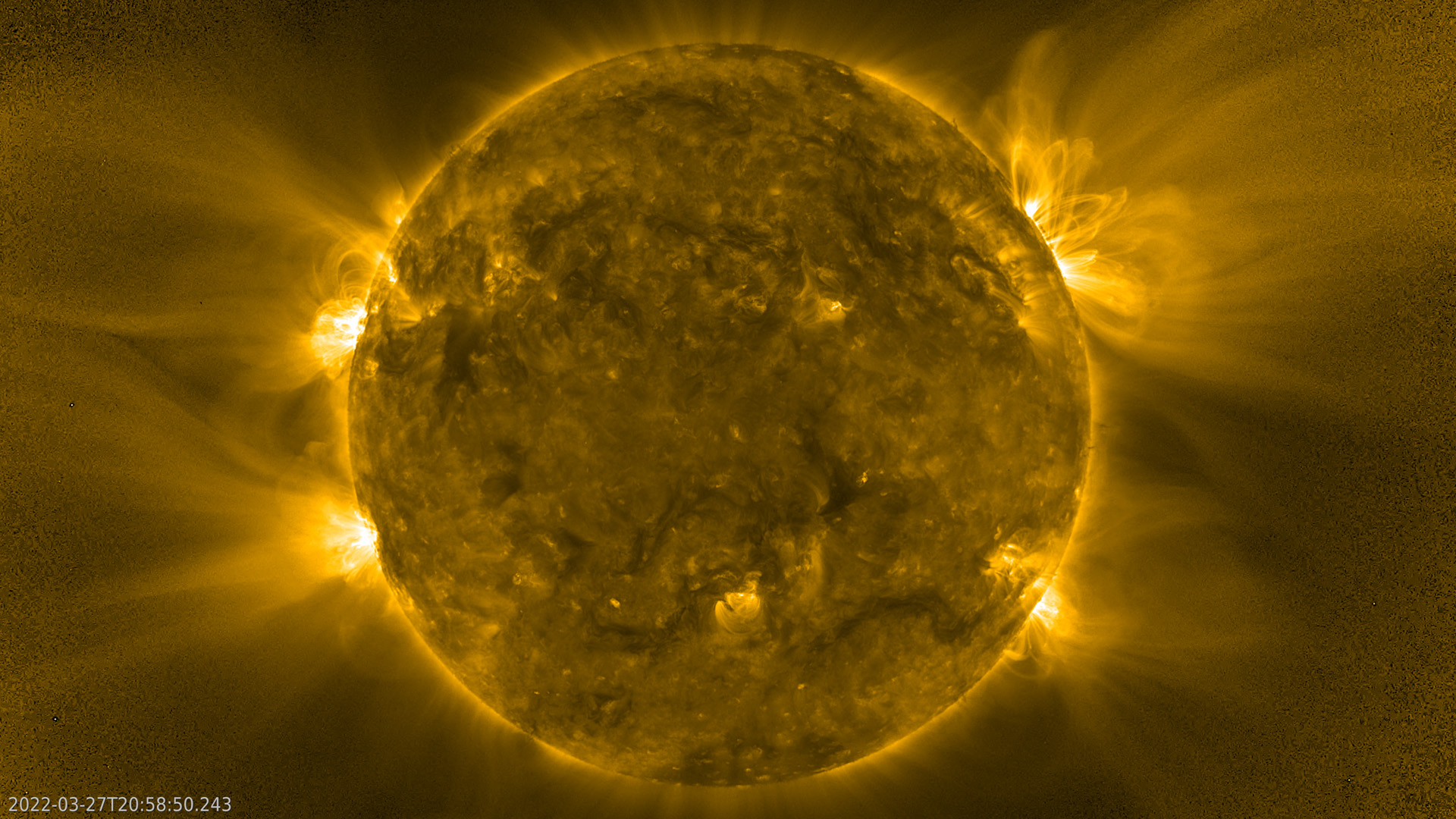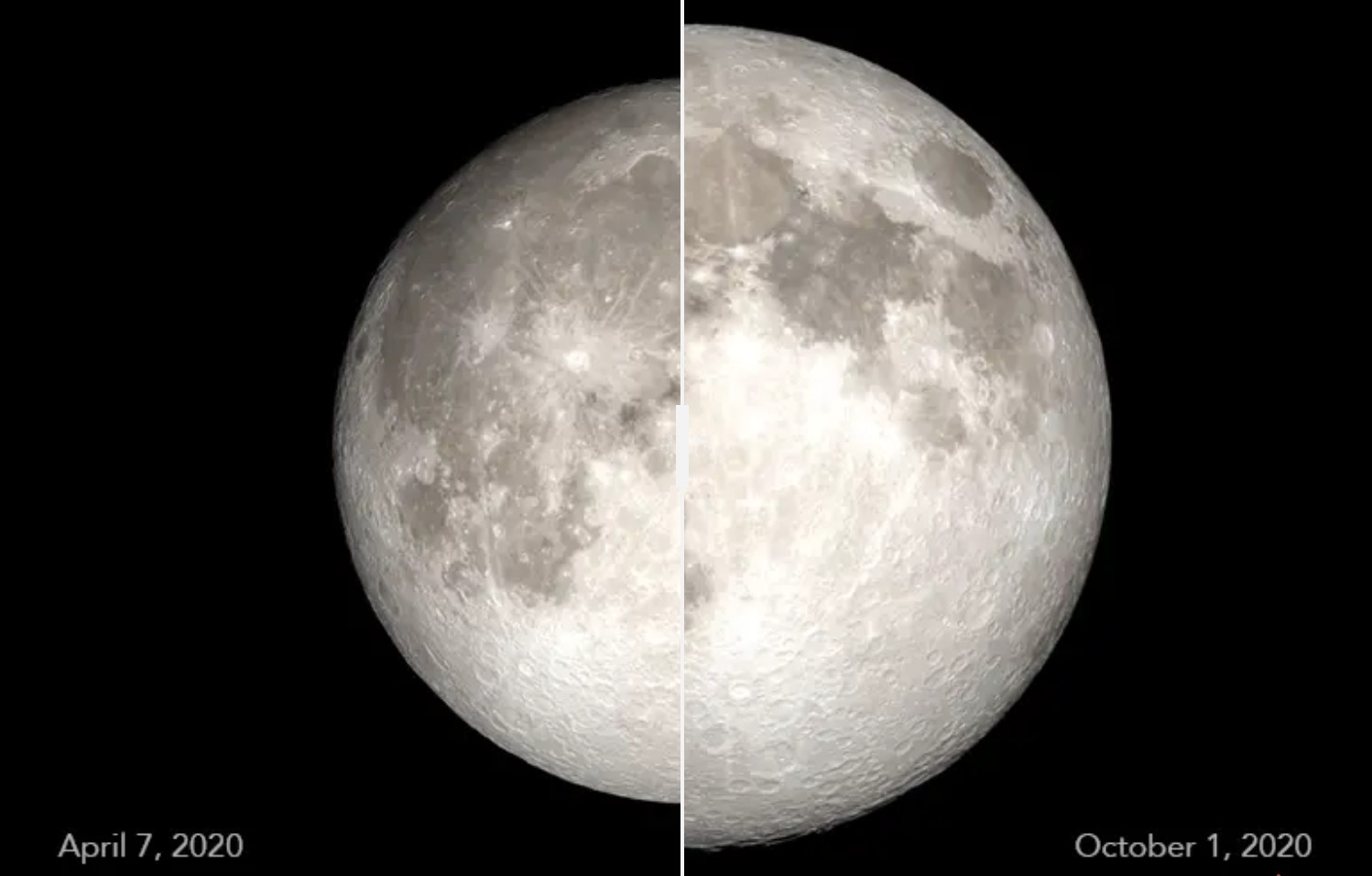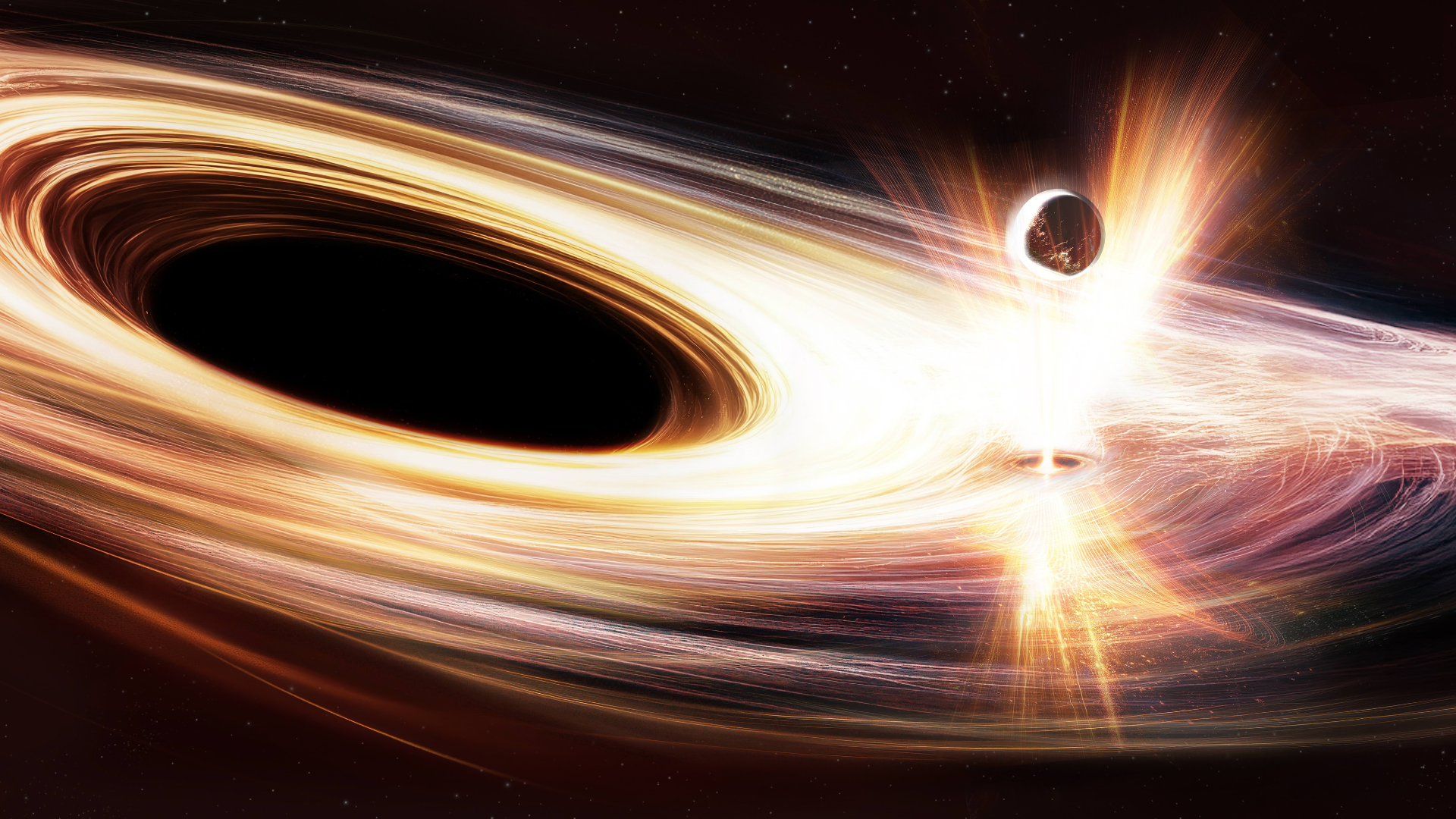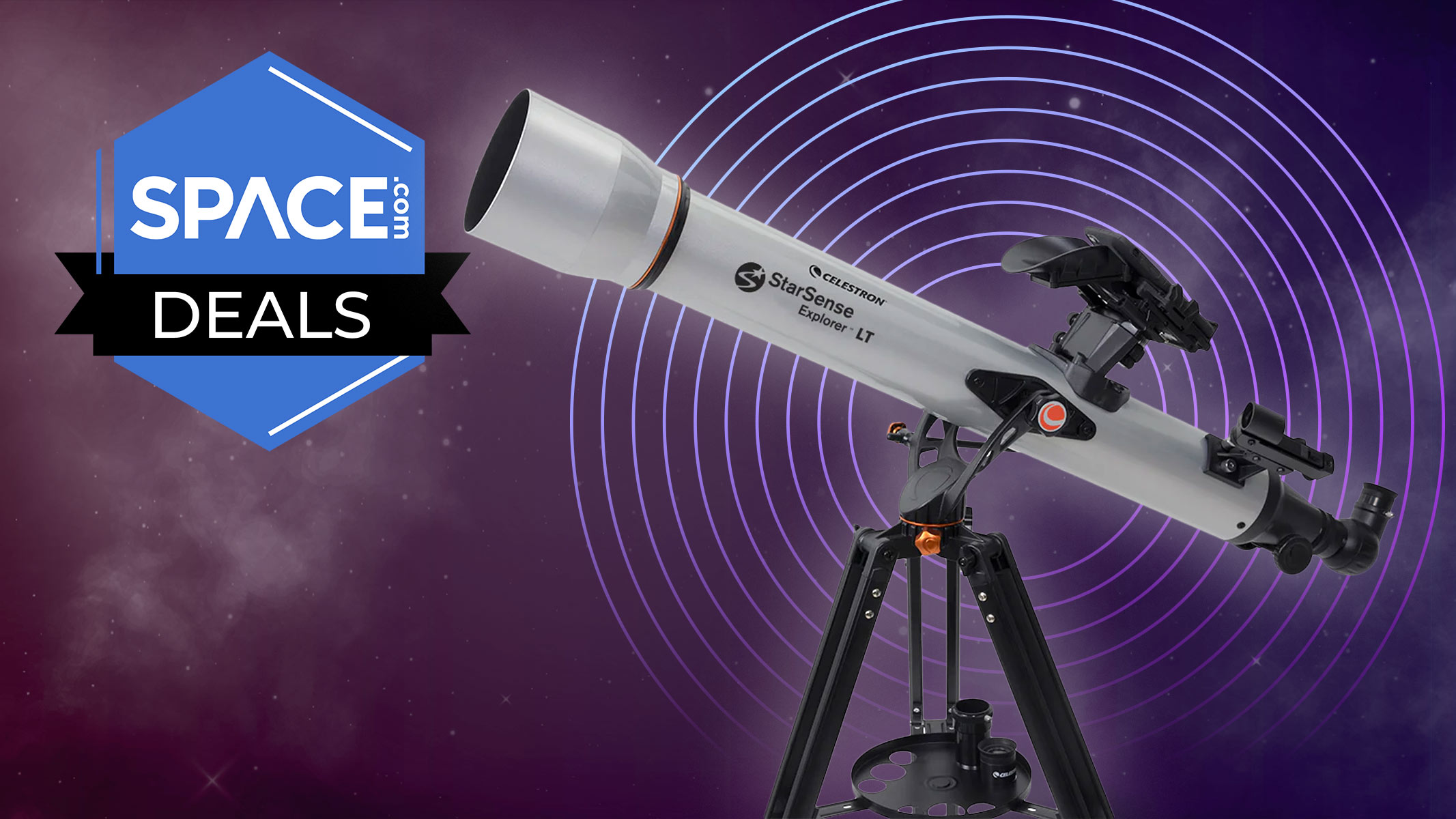Newly discovered Comet C/2025 F2 (SWAN) captured in stunning photo blazing across UK skies
The striking Comet C/2025 F2 (SWAN) photograph was captured by astrophotographer Josh Dury at 4:50 a.m. local time on April 9.
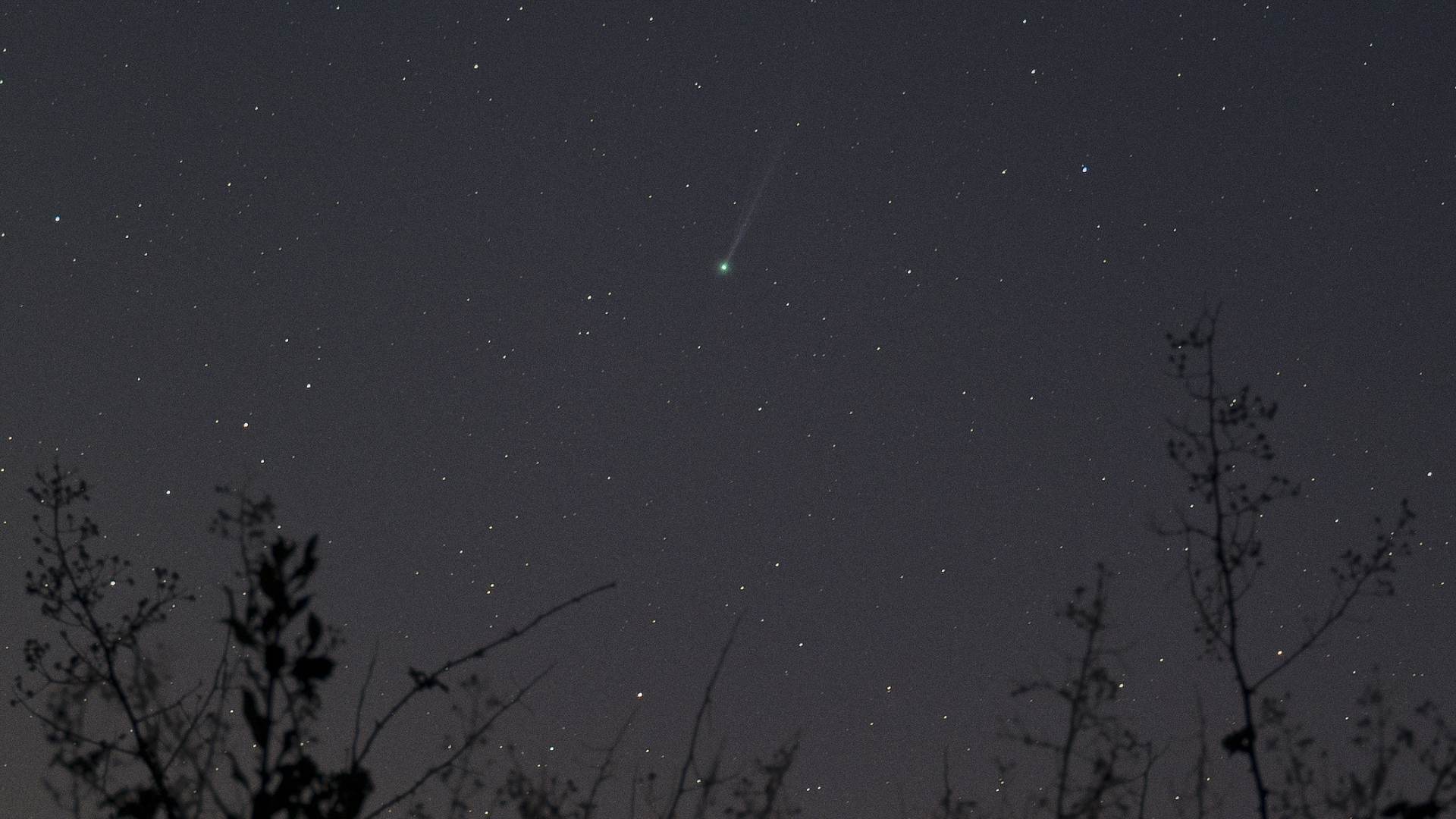
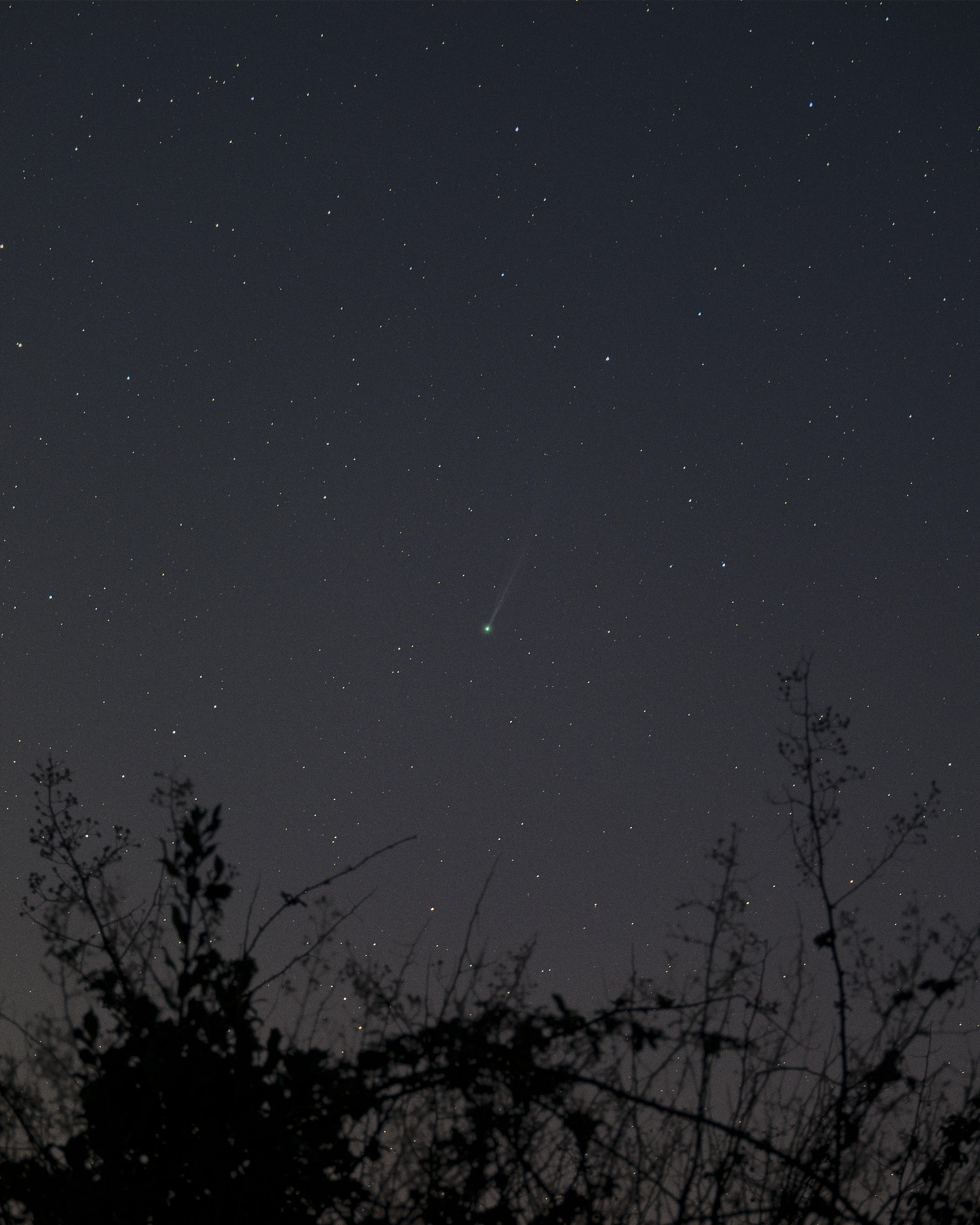
The newly discovered comet, now designated Comet C/2025 F2 (SWAN) is making a striking debut in the early morning skies — and astrophotographer Josh Dury had front-row seats to capture it this morning.
"Amazing to witness such a newly discovered comet just several hours after its official designation," Dury told Space.com.
Dury captured Comet C/2025 F2 (SWAN) soaring over the Mendip Hills, an Area of Outstanding Natural Beauty (AONB), Somerset, U.K. at approximately 4:50 a.m. local time.
Sony A7S II
Sigma 150-600mm sport at 369mm focal length
"Comets are a great celestial attraction — as these are opportunities to capture dirty snowballs; the oldest objects from the far edges of our solar system," Dury told Space.com. "Each takes on unique characters of their own in appearance and color, providing signals from the early formation of our place in the universe."
Related: New comet SWAN25F is turning heads — and telescopes — toward the morning sky
The comet was discovered in late March by Australian amateur astronomer Michael Mattiazzo, using imagery from the SWAN instrument aboard the sun-watching SOHO spacecraft, which maps hydrogen in the solar wind.
Enough observational data has now been collected and the discovery confirmed by the International Astronomical Union's Minor Planet Center, it is now designated Comet C/2025 F2 (SWAN).
Get the Space.com Newsletter
Breaking space news, the latest updates on rocket launches, skywatching events and more!
If you're hoping to catch a glimpse of the comet yourself, you'll need to act quickly. It will remain visible until around April 14, after which it moves into the constellation Andromeda and becomes lost in the twilight as it approaches the sun.
The comet reaches perihelion — its closest point to the sun — on May 1, after which it will become visible from the southern hemisphere. "With weather and moon prospects, this was our best chance to observe from the UK," Dury said.
Join our Space Forums to keep talking space on the latest missions, night sky and more! And if you have a news tip, correction or comment, let us know at: community@space.com.
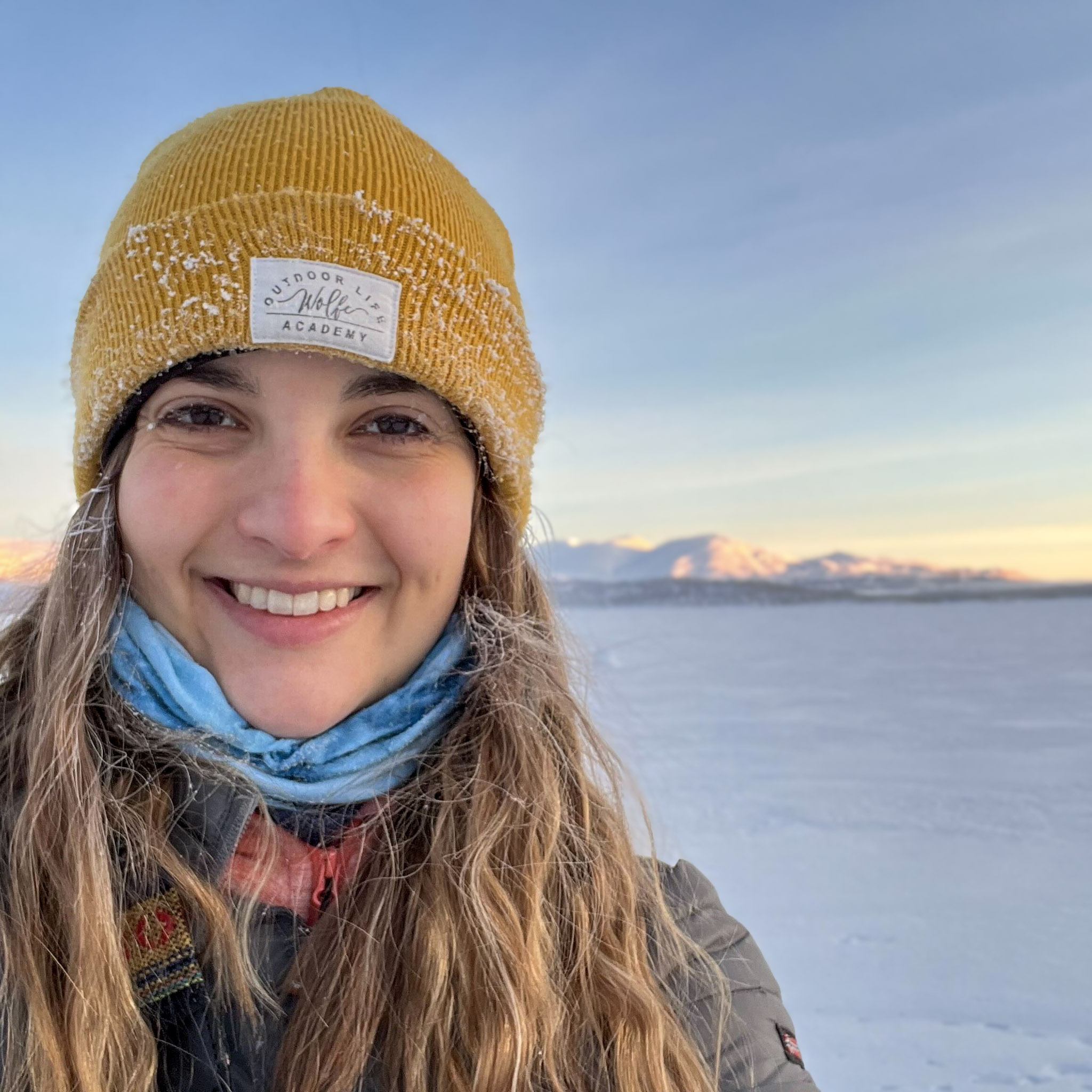
Daisy Dobrijevic joined Space.com in February 2022 having previously worked for our sister publication All About Space magazine as a staff writer. Before joining us, Daisy completed an editorial internship with the BBC Sky at Night Magazine and worked at the National Space Centre in Leicester, U.K., where she enjoyed communicating space science to the public. In 2021, Daisy completed a PhD in plant physiology and also holds a Master's in Environmental Science, she is currently based in Nottingham, U.K. Daisy is passionate about all things space, with a penchant for solar activity and space weather. She has a strong interest in astrotourism and loves nothing more than a good northern lights chase!
You must confirm your public display name before commenting
Please logout and then login again, you will then be prompted to enter your display name.
